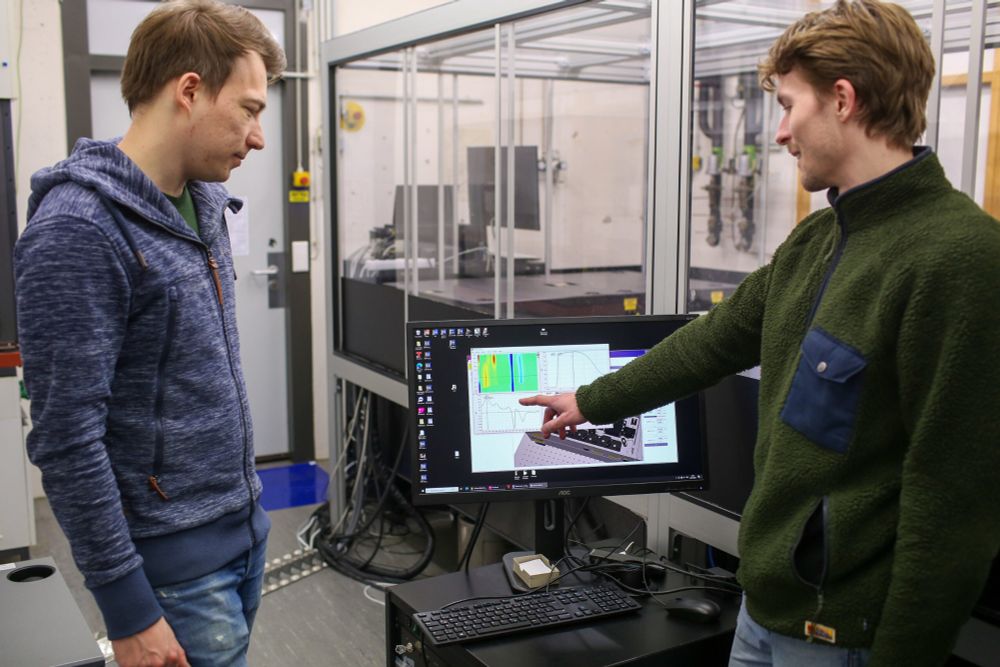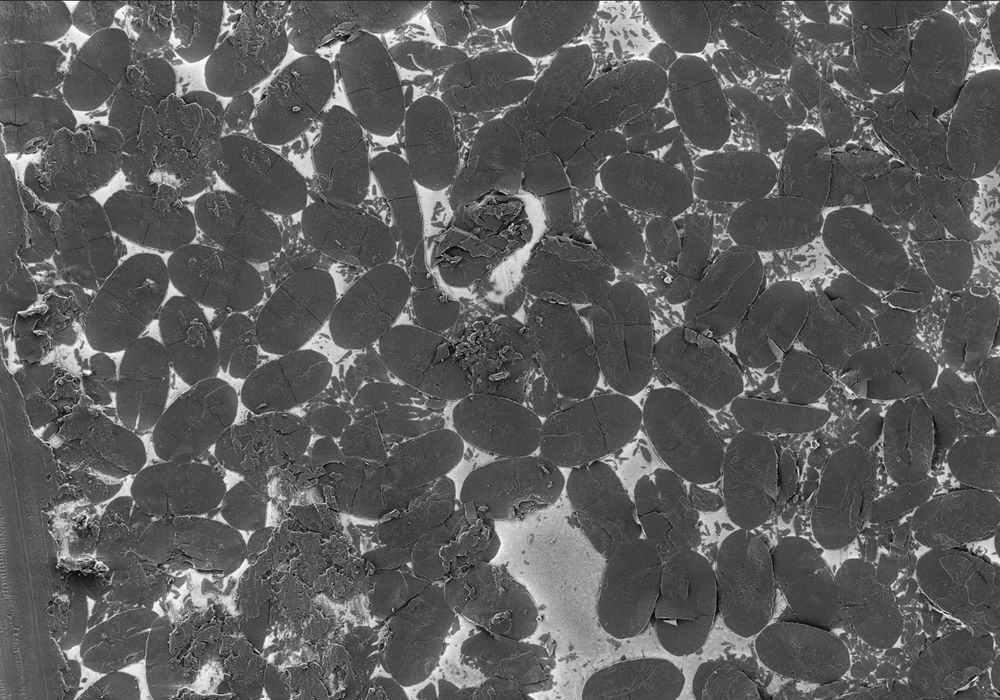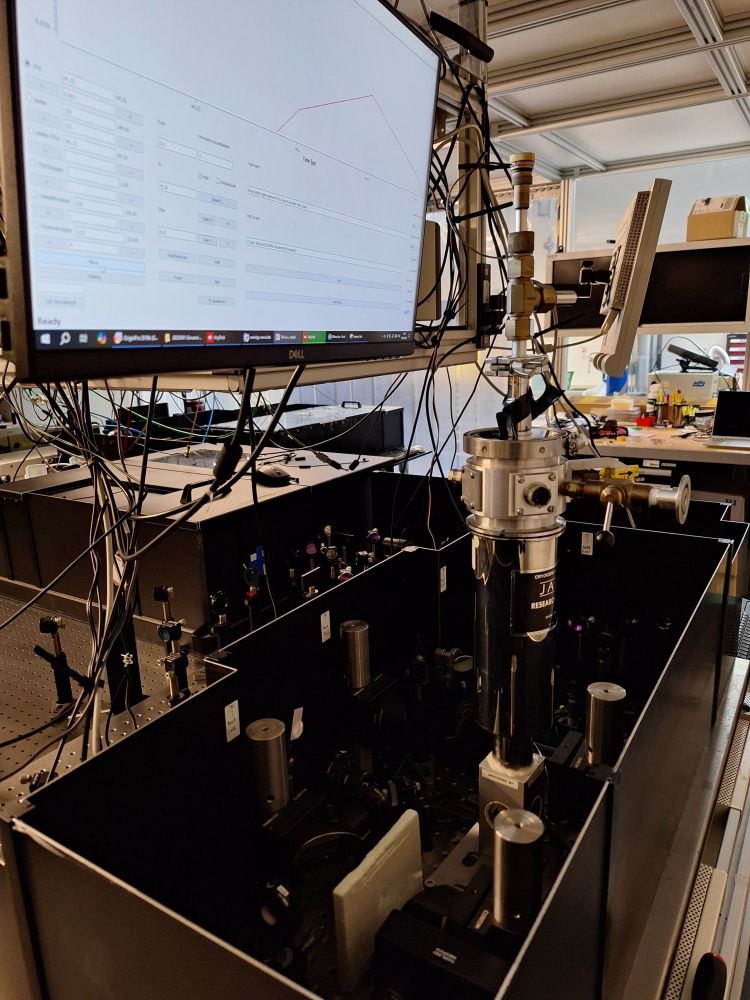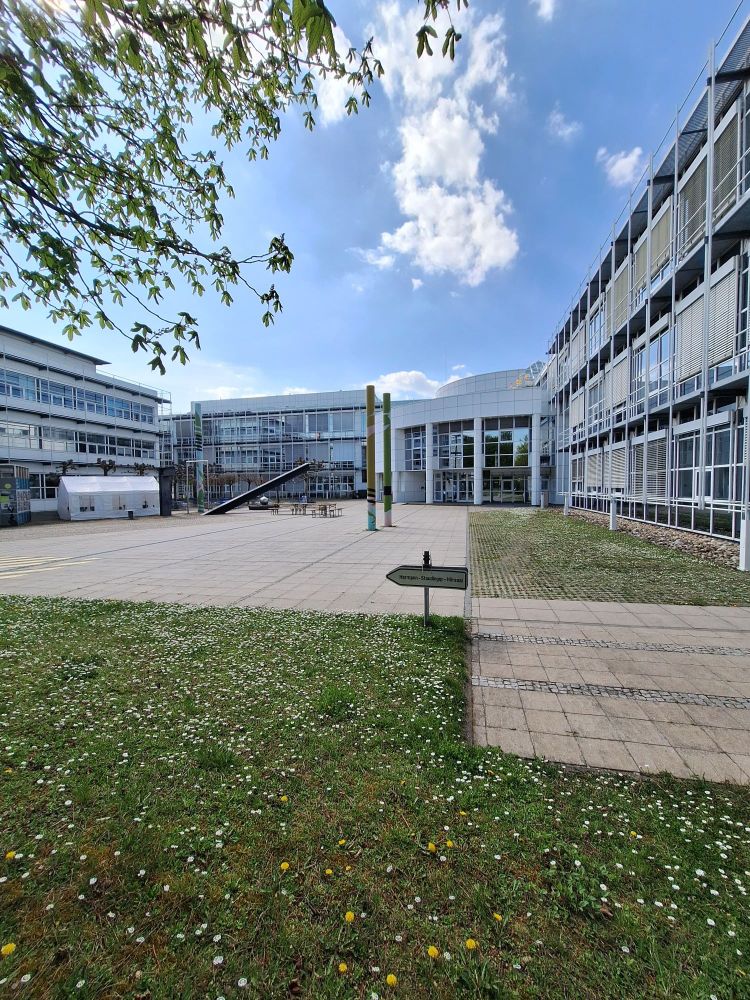Phillip Greißel
@phillipgreissel.bsky.social
23 followers
35 following
2 posts
Photochemist | PhD Student @ Guldi Group, FAU
Exploring molecular & nanoscale systems for photon down-conversion
Posts
Media
Videos
Starter Packs
Reposted by Phillip Greißel
Reposted by Phillip Greißel
Reposted by Phillip Greißel
FAU Faculty of Sciences
@nat.fau.de
· Feb 10

Photovoltaik: Grundlagenforschung mit hoher Relevanz
Momentan verbrennen wir noch große Mengen fossiler Energieträger wie Erdöl oder Kohle, um unseren Energiehunger zu stillen. Dabei entsteht das Treibhausgas Kohlendioxid, das in der Atmosphäre wie eine...
go.fau.de
Reposted by Phillip Greißel
Bryan Kudisch
@bkudisch.bsky.social
· Nov 14





